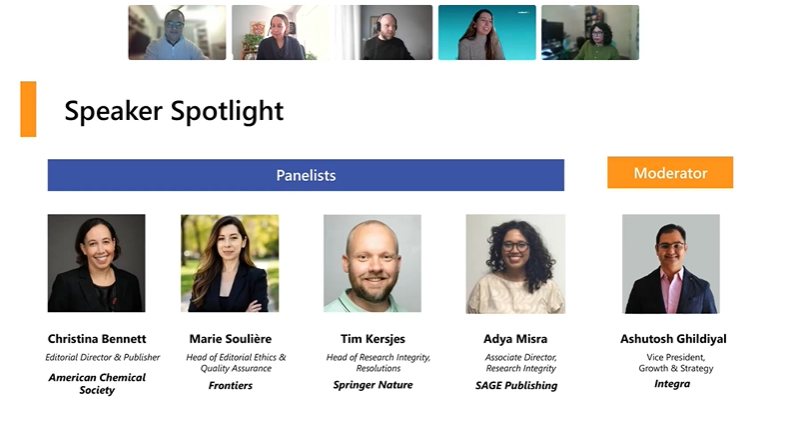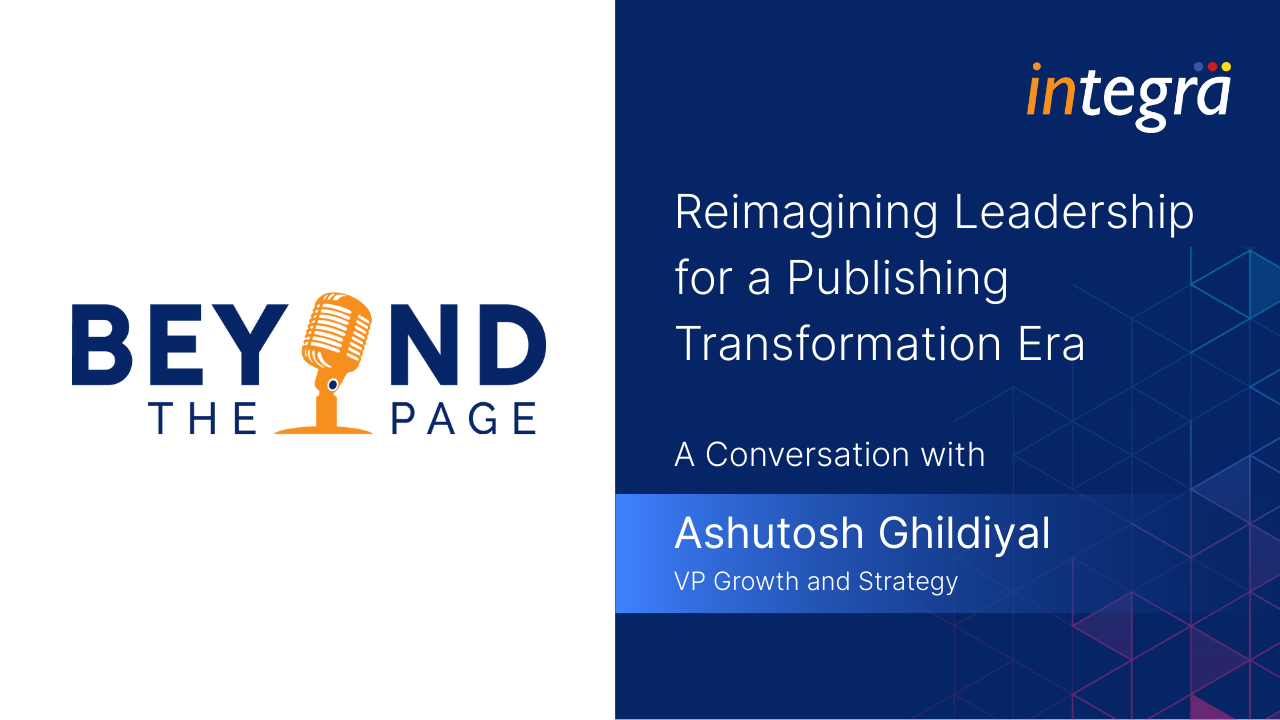The Human-AI Balance in Scholarly Publishing: A Strategic Imperative for Publishers

In today’s rapidly evolving scholarly publishing landscape, artificial intelligence (AI) serves as both a catalyst for innovation and a challenge to editorial governance. For publishers, the key question is no longer whether to adopt AI, but how to do so responsibly—preserving the integrity of editorial processes, reinforcing trust in scholarly outputs, and enhancing operational efficiency—without diminishing the human expertise that lies at the heart of academic publishing.
As stewards of the scientific record, publishers must navigate this transformation with care, ensuring that technology enhances, rather than erodes, their editorial mission.
Why the Human-AI Balance Matters
AI promises scale, speed, and automation—but the true value of scholarly publishing is deeply human: critical thinking, ethical oversight, and subject-matter expertise. Striking the right balance is not merely philosophical—it’s essential for maintaining trust, complying with evolving standards (e.g., COPE, STM Integrity Hub), and safeguarding reputational capital.
Publishers must avoid the trap of viewing AI as a silver bullet for cost reduction. The imperative is strategic integration—deploying AI to improve workflows and augment human capability, without displacing the editorial judgment that defines scholarly publishing.
Strategic Applications of AI in Scholarly Publishing
When thoughtfully deployed, AI can be a powerful enabler. Below are nine high-value, low-risk areas where publishers can incorporate AI while safeguarding editorial integrity:
- Language Enhancement & Pre-Editing
AI can improve clarity, grammar, and accessibility—especially for non-native English speakers. But the author’s voice must be preserved. Human editors should refine AI output to retain nuance and scholarly tone. - Automated Technical Checks
Formatting, metadata validation, reference checks, and image quality reviews are ideal for AI automation. Human QA checkpoints remain critical to ensure reliability. - Editorial Integrity & Research Ethics
AI can flag plagiarism, image manipulation, or duplicate submissions. Final decisions, however, must rest with experienced editors to avoid reputational harm from false positives. - Reviewer Identification & Matching
AI can suggest reviewers based on topic modeling and scholarly networks, improving efficiency and diversity. Human editors must retain final authority over reviewer selection. - Peer Review Support
AI can summarize manuscripts, generate review templates, and identify conflicts of interest—reducing reviewer burden. Transparency and opt-in use are essential. - User Identity & Profile Verification
AI can detect fraudulent identities or duplicate submissions—particularly valuable in open or post-publication peer review. Implementation must align with privacy and data protection norms. - Data Validation in Scientific Submissions
AI can detect inconsistencies in datasets or figures. Final review must be conducted by editorial experts or data editors. - Production & Workflow Optimization
AI can streamline version control, automate document conversions, and accelerate turnaround times—particularly in XML-first environments or typesetting workflows. - Transparency & Disclosure Management
Clearly communicate AI usage to authors, reviewers, and editors. Adopt consent-driven policies aligned with emerging global standards.
The Urgency of Strategic Policy Development
Responsible AI integration demands strong governance. Publishers must lead by:
- Establishing enterprise-wide AI use policies grounded in ethical standards (COPE, STM Principles, ALPSP guidelines).
- Documenting all AI-assisted decisions, particularly in editorial and peer review functions.
- Conducting regular assessments for bias and risk, especially in reviewer selection and ethical evaluations.
- Training editorial teams to use AI ethically and effectively—building organizational AI literacy beyond IT departments.
An effective AI strategy should be rooted in accountability, not just adoption.
Addressing Psychological and Cultural Shifts
AI adoption isn’t just a technological shift—it’s a cultural one. When machines take over cognitive tasks, human engagement can decline. Editorial professionals may feel distanced from the interpretive and creative elements of their work.
To preserve editorial morale and meaning:
- Involve editors and staff in AI implementation decisions.
- Reinforce that AI is a co-pilot, not a replacement.
- Invest in roles where human judgment is irreplaceable—ethics review, nuanced quality control, and scholarly interpretation.
AI should elevate the human experience—not diminish it.
From Pilots to Institutional Integration
Many publishers have explored AI in isolated pilots. The next step is systemic integration:
- Embed AI tools within submission, peer review, and production systems.
- Co-develop tailored solutions with technology vendors to align with editorial workflows.
- Engage with industry groups to shape shared standards for ethical AI use.
Initiatives such as STM’s Integrity Hub, ALPSP working groups, and ISMTE forums offer valuable spaces for collaboration and co-creation.
Conclusion: Guiding the Future with Purpose
Scholarly publishing is not a logistics function—it’s a mission-driven enterprise dedicated to advancing human knowledge. AI can support this mission, but only if used with care, transparency, and ethical intent.
Publishers must guide change—not merely respond to it.
Let AI free us from the mechanical, so we can focus more on what matters:
ethics, diversity, quality, and the pursuit of truth.
Call to Action: Five Steps to Responsible AI Integration
To lead in this new era, publishers must:
✅ Establish cross-functional AI governance frameworks
✅ Maintain transparency in AI use and disclosures
✅ Invest in AI-literacy training for editorial teams
✅ Ensure human oversight remains central to all editorial decisions
✅ Collaborate across the industry to shape shared standards and safeguards
AI is transforming our workflows—let’s ensure it doesn’t transform our values.
Let us define a future where technology amplifies our editorial purpose, not replaces it.
Take the Next Step with Integra
At Integra, we celebrate the vital contributions of editorial professionals and the integrity they bring to scholarly communication. Our human-expert-led, technology-assisted solutions are purpose-built to support editorial workflows, peer review management, and research integrity.
Let’s work together to build a smarter, more ethical future for publishing.
Contact us today to learn more.
About the Author
Ashutosh Ghildiyal is Vice President of Growth and Strategy at Integra, a global leader in publishing services and technology. With over 18 years of experience in scholarly publishing, he champions AI-driven innovation and strategic transformation. He works closely with university presses, societies, and publishers worldwide to develop forward-thinking solutions that advance the mission of academic publishing.
Recent Blogs

AI-Supported Pedagogy Has Arrived. Now Comes the Content Reckoning.



